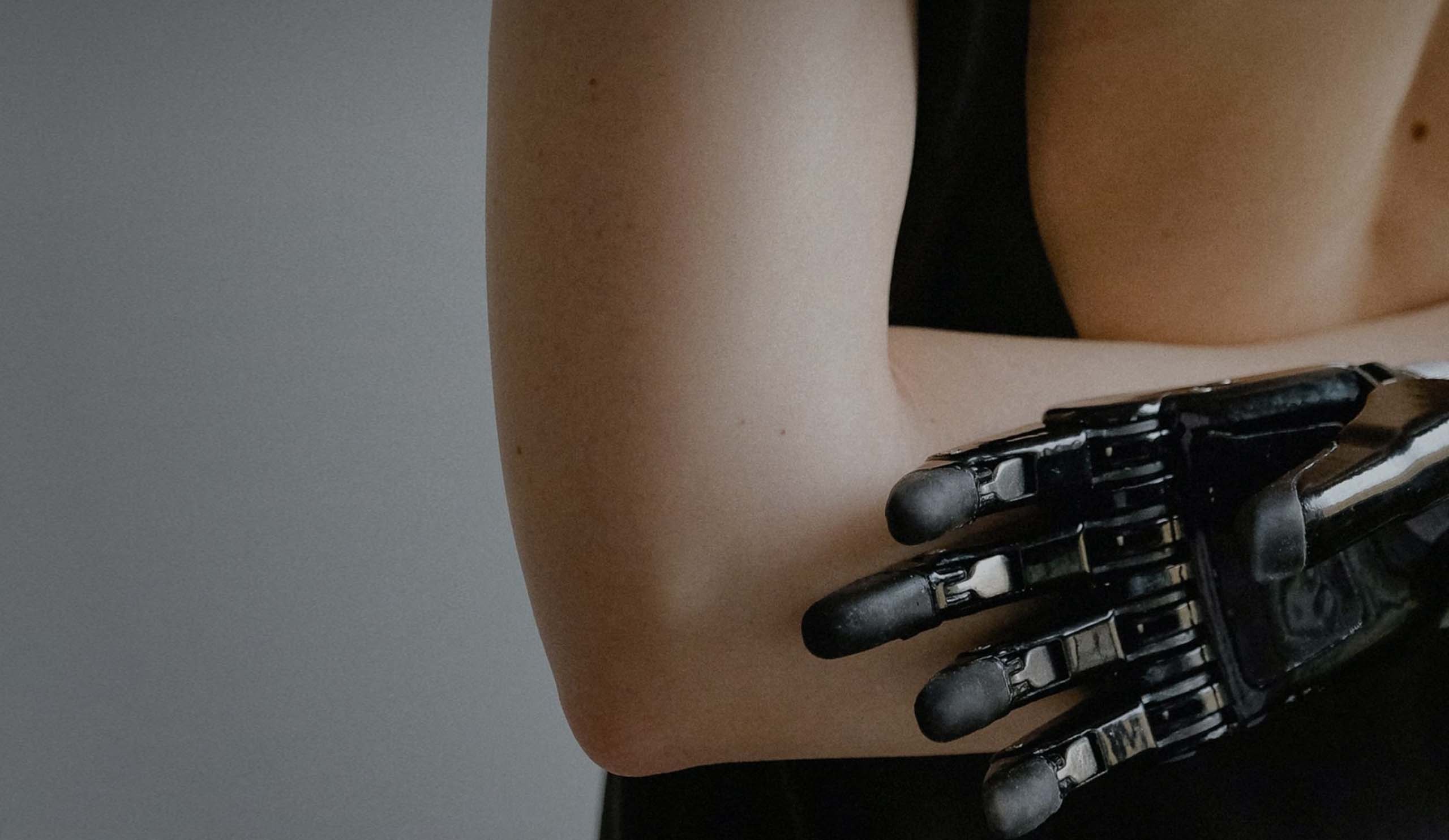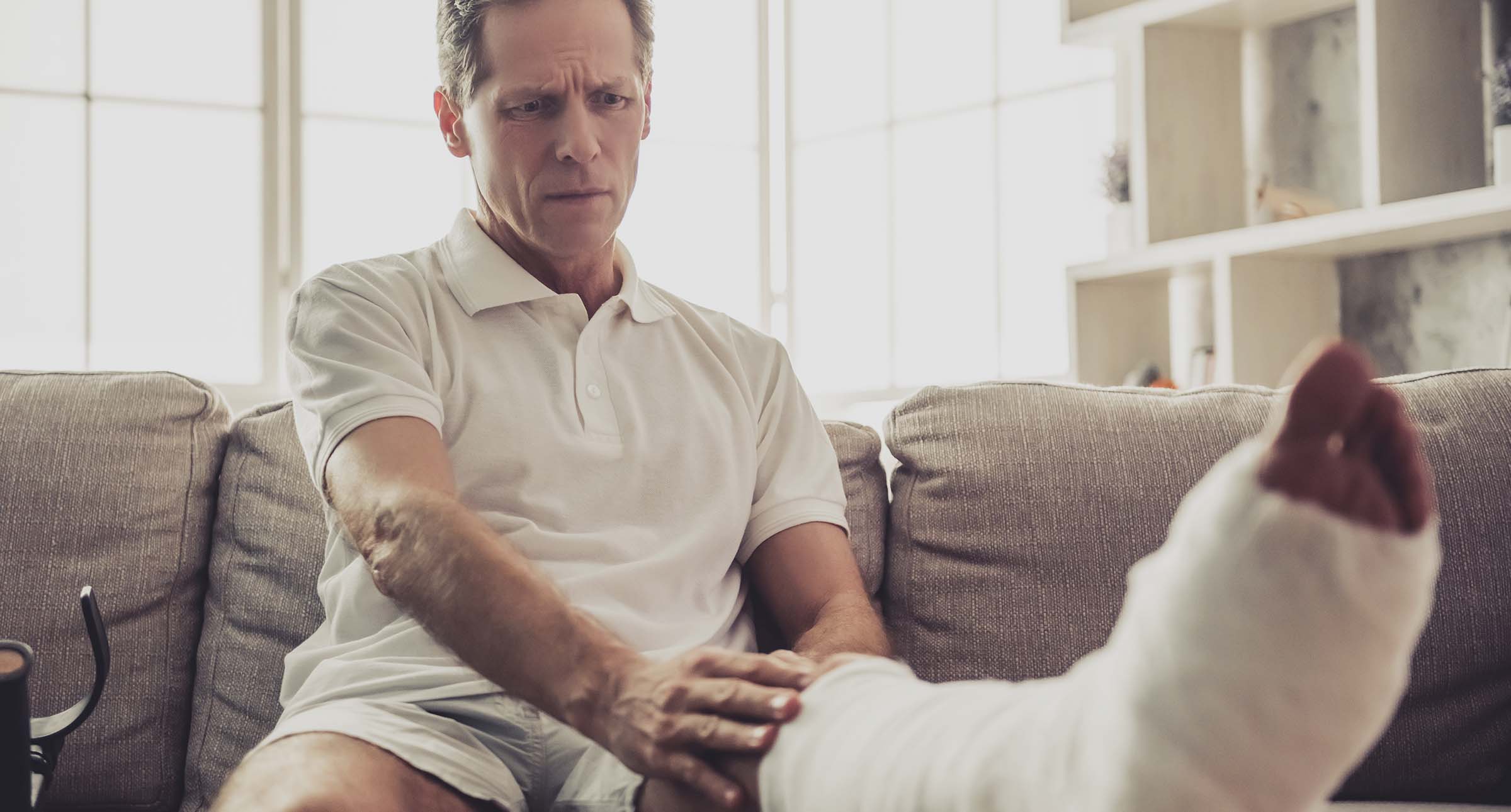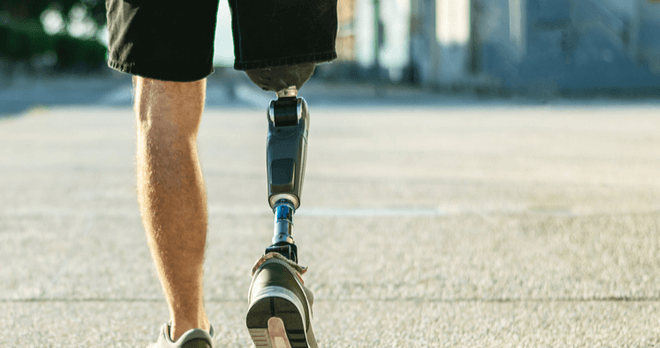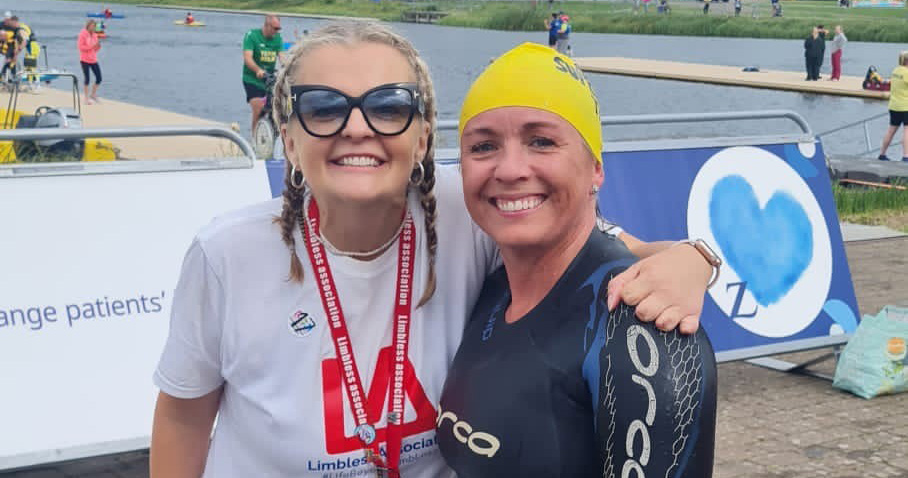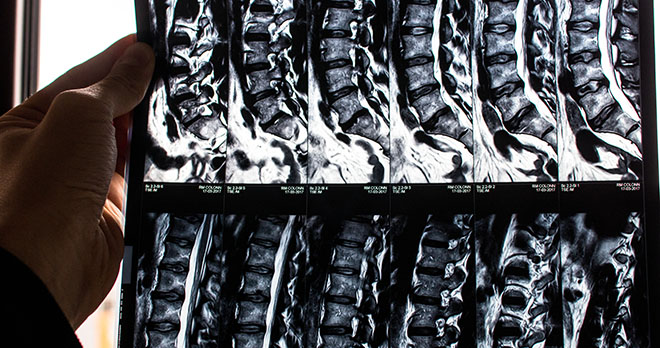Medicolegal issues in knee replacement surgery.
Robert Mills, barrister at 1 Crown Office Row, explains the various ways in which a clinical negligence claim can arise from total knee replacement surgery as well as considerations that need to be taken into account when considering the prospects of a potential claim.
Robert has extensive experience dealing with orthopaedic claims and is commended for his attention to detail and understanding of nuisance in these types of claims.
Total knee arthroplasty (replacement) is one of the most commonly performed surgeries worldwide. The number of joint replacement surgeries being performed has increased exponentially over the past two decades, but it has also seen an increase in litigation associated with it.
There are various indications for TKA - patients with osteoarthritis of the joint, rheumatoid arthritis, intra articular fractures which cannot be reconstructed by internal fixation, destruction of joint by infection or malignancy, among others. The decision to undertake arthroplasty is usually taken after attempting non-surgical management or when other surgical procedures are deemed insufficient.
Common issues giving raise to claims:
A lack of informed consent.
The legal importance of the indication for arthroplasty should not be underestimated.
If a patient can demonstrate that an arthroplasty was not reasonably required, that there were other more suitable options, or that they were not an appropriate candidate for such a surgery, claims can and do follow.
It is crucial for surgeons to discuss the indication for the arthroplasty and undertake a thorough consent process with the same recorded on a detailed consent form, supplemented in the patient’s records where needed. The doctor should disclose: the nature and procedure of the treatment, its purpose, benefits and effects; alternatives, if any available; an outline of the substantial risk; adverse consequences of refusing treatment.
If a patient has risk factors for surgery, then the surgeon must explain these. If risks arise out of the patient being very overweight, or smoking, they should be told about the increased risks and encouraged to make lifestyle changes before the surgery takes place.
If a patient is diabetic, then they have a higher risk of suffering from foot drop or neuropathy, caused by nerve damage during an arthroplasty. For some diabetic patients, making changes to how they eat and exercise before surgery can reduce their risk. Improved medical management (drug therapy) can ensure that the condition is under better control before surgery. Again, all of this must be explained, together with the consequences of non-compliance.
Some patients may be at increased risk of blood clotting issues after surgery. A serious clot can mean lifetime complications. It can also mean a patient needs to take medication for life. Blood clots can be life-threatening if they travel to the lungs or brain. Again, this needs to be explained to the patient and steps taken to mitigate the risk where possible.
The decision regarding which implant is to be used in the arthroplasty is one that is often made by the surgeon. This could be impacted by several factors, including the surgeon’s familiarity with the implant, requirement of the patient’s condition, availability, and cost. For these reasons, the surgeon is often the person making the choice regarding the implant to be used. That said, the patient should also be involved in the decision as to which implant will be used in their body and what the pros and cons of each might be. If the surgeon is not practiced with using the patient’s preferred implant, referral to an alternative provider should be offered. This too should form part of the consent discussion.
A failure to conduct necessary preoperative checks.
If a patient has a pre-existing condition, then it may be that referral to another medical discipline is needed prior to surgery and if such as need is missed, this can again present the basis for a claim.
Examples of a failure to conduct preoperative checks might include a patient with a heart condition needing to see a cardiologist. For an arthritic type condition, a patient may be taking steroids. These may need to be reduced before surgery to a safe level. Patients taking medication such as warfarin may need to be assessed at a haematology clinic to mitigate the risk of bleeding during or after surgery takes place.
Negligently performed surgery.
Below some common examples of occurrences during surgery leading to claims for clinical negligence are set out:
-
Anaesthetic awareness:
Put simply, this is being awake during surgery but potentially not able to communicate the same. This will be down to negligence on the part of the anaesthetist and is a traumatic experience, often leading to psychological injury.
-
Wrong size implant:
Surgeons can make an incorrect assessment of the best size implant for a patient. In some circumstances, this can be negligent. An oversized knee implant will irritate the surrounding soft tissue, causing pain and increasing pressure on the patella. It will need revising and this in itself can lead to further complications.
-
Wrong sided implant:
In knee replacements, implants are in labelled boxes “right” or “left”. There are significant risks posed to patients by surgeons using implants on the wrong side. Particularly in bilateral replacement scenarios, surgeons have been known to mistakenly use the wrong implant on each side. The difference between the different size implants can be quite subtle to the naked eye. Therefore, it may not be immediately obvious to the surgeon when they insert an incorrect implant.
-
Broken bones during surgery:
Fractures can happen during surgery in any part of the femur, tibia and patella. There is a stem attached to an artificial tibial plate used in knee replacement. The stem has to be inserted into a hole made in the top of the tibia. A fracture can occur to the tibia if the surgeon does not exercise reasonable care and skill and this represents negligent care.
If the surgeon excessively ‘resects’ the anterior femur during surgery, then that can also lead to fracture.
Fractures can, of course, also be unavoidable. The facts of each case and the patient’s particular vulnerability to bones breaking have to be considered. Many cases involve older patients who suffer from poor bone quality.
-
Incorrectly placed implant:
There are several parts (or components) to a knee replacement. All of these have to be aligned together correctly to ensure the implant sits correctly. If it is misaligned, it can irritate nearby structures and fail prematurely. The knee will function poorly after surgery with ongoing pain and stiffness. Often repeat surgery is necessary.
Dislocation can occur if the implant is not placed well. A dislocated knee implant will lead to more surgery being needed. It can also end up with nerve injury.
-
Damaged nerves:
Nerve damage is something that all surgeons should tell patients is a risk of arthroplasty surgery. Great care is needed to protect the nerves when operating. Knee surgery claims for foot drop do tend to be pursued. This condition is extremely distressing to live with.
Injury to nerves is rare but is a devastating complication. There are higher risks if a patient is having a revision surgery. Surgeons must properly assess the anatomy before surgery. There are very important nerves close to the knee. Above the knee, the sciatic nerve divides into two major nerves (the common peroneal nerve and tibial nerve).
This type of injury can occur due to compression. Poor positioning on the surgical table can be a cause of compression. Improper placement of surgical instruments (‘retractors’) can also cause nerve compression. Surgeons can cause stretching type injuries when manipulating the joint. If too much traction is applied, then this can lead to damage.
Peroneal nerve injury, causing foot drop, is well known as a possible complication of knee surgery. At times, surgeons may try to correct valgus deformities during surgery. If so, this is known to result in traction to the nerve.
It is important that a surgeon checks pre-operatively for any type of nerve damage already suffered by a patient (called neuropathy) and also post-operatively. Prompt treatment to relieve pressure on nerves can make the difference between the return of sensation and function and a permanent injury.
Direct trauma can be caused by surgical instruments, such as the scalpel, electrical instruments and screws. Tourniquets are used to place pressure to prevent bleeding during knee replacement. If used for more than two hours, tourniquets significantly increase the risk to nerves. The risk increases to 7.7% for combined peroneal and tibial nerve palsies.
-
Post-surgical infection:
Infection after knee replacement is also a risk, more so if a hinged replacement is used. It can be difficult to say whether a post-knee surgery infection will be due to negligence as the source of the infection can be hard to identify. However, if there is a delay to diagnosing the infection, this can lead to adverse outcomes such as the need for amputation.
If a wound is leaking despite being properly dressed by a district nurse, then a GP should prescribe an antibiotic called flucloxacillin. If a deep infection develops, this should be diagnosed within three months to salvage the knee and eradicate the infection. Any longer than this and the aforementioned two-stage revision surgery will be necessary.
TKA remains a popular surgery which can make a significant difference to a patient’s lifestyle, giving them back lost independence and the ability to pursue hobbies and activities which knee pain had taken from them.
Complications can arise as is the case with any major surgery. Where this is the case due to errors on the part of the clinicians, clinical negligence claims will continue to be pursued and any patient in doubt as to the adequacy of their care would be well-advised to take legal advice. Damages facilitating the right care and equipment going forward can be key in preserving independence and lifestyle.
Our expert injury solicitors have helped to secure access specialist rehabilitation and other support for many clients. If you are considering a claim for compensation, contact us today to find out how we can help.
Call now
